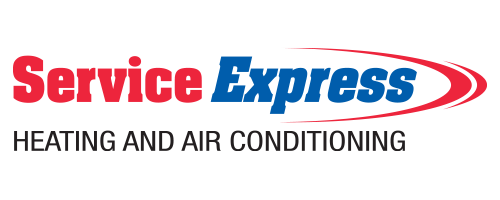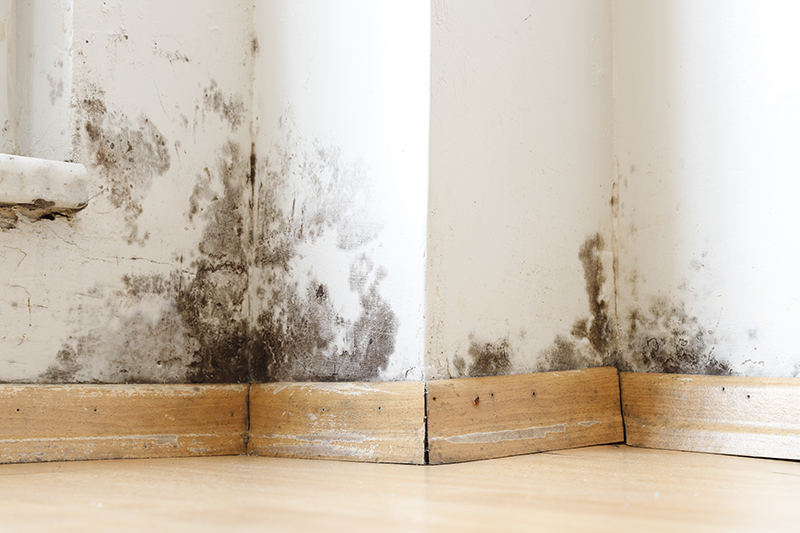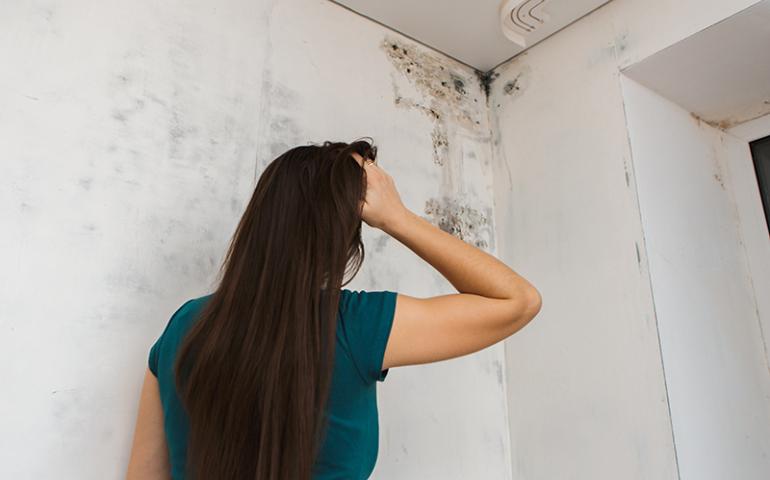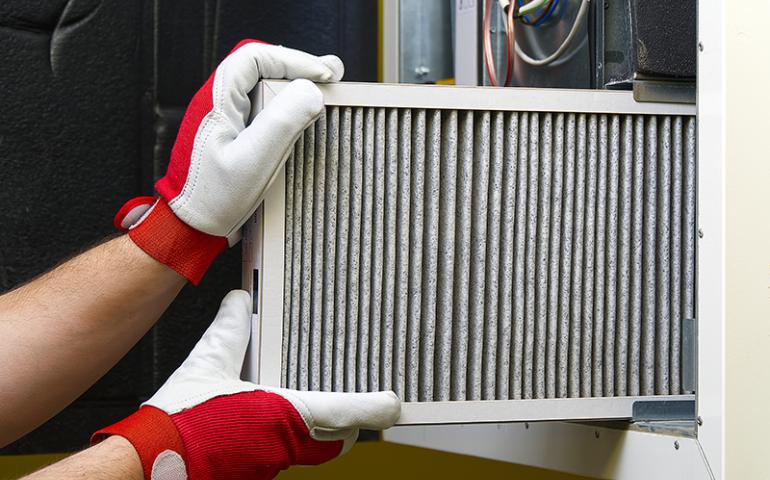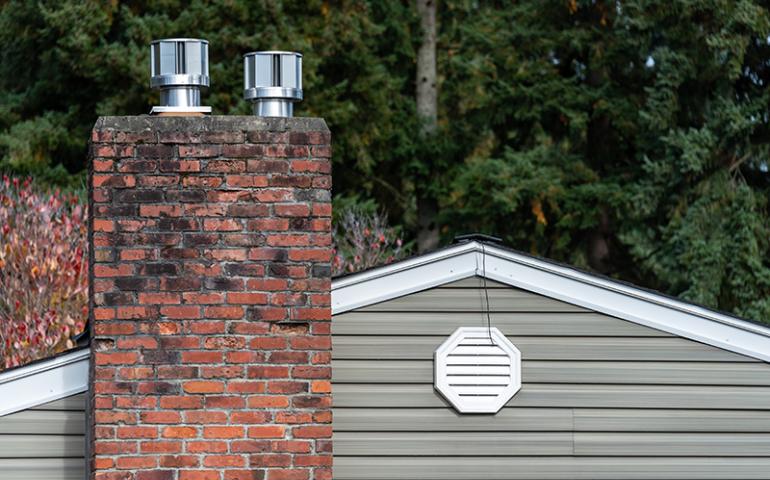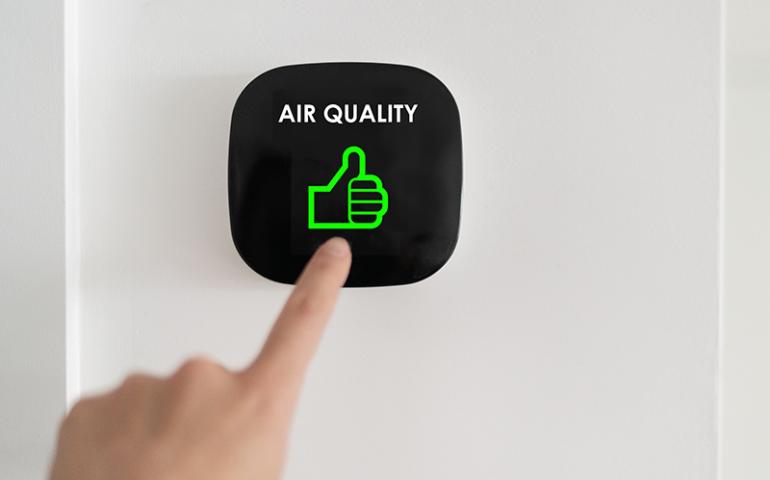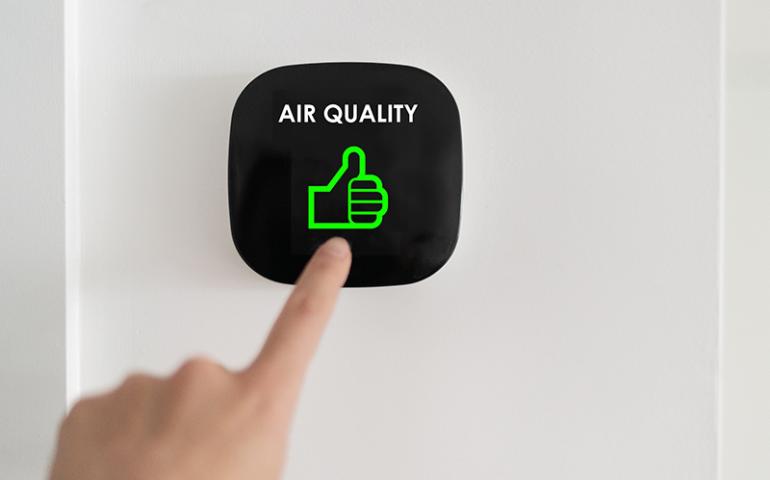What Are Mycotoxins?
Mycotoxins are toxic compounds produced by molds and can grow in different areas. Unfortunately, mycotoxins can enter your home and your HVAC system. As they circulate throughout your home, you can get sick without realizing what caused it. These secondary metabolites can have harmful effects on human and animal health. It is crucial to know the risks associated with mycotoxins, their impact on your home and health. We provide effective measures to protect yourself and your loved ones.
What Are Mycotoxins and How Can They Affect Your Home and Health?
Mycotoxins are naturally-occurring toxins produced by fungi. They can contaminate food, crops, indoor environments, and other materials. Mold growth indoors often occurs due to excess moisture or water damage. Unfortunately, it can lead to mycotoxin production. Inhalation of mycotoxin-contaminated air can cause respiratory issues and allergic reactions. Exposure to mycotoxins can lead to mycotoxicosis, which involves various symptoms. These symptoms include respiratory distress, coughing, sneezing, skin irritation, and headaches. In some severe cases, it can even cause neurological effects. Those with compromised immune systems or allergies may be more susceptible to mycotoxins. Mycotoxins can contaminate food crops during growth, harvest, and storage. Consumption of mycotoxin-contaminated food can cause acute or chronic health issues. This depends on the specific mycotoxin present and the level of exposure. Common mycotoxins found in food include aflatoxins, DON, fumonisins, patulin, and ochratoxin A.
Protecting Your Home from Mycotoxins
It's important to safeguard your home and promote a healthy living environment. Follow these practical tips to prevent mycotoxin contamination.
- Control Moisture Levels. Keep your home dry and well-ventilated to discourage mold growth. Address any moisture issues, such as leaks, condensation, or water intrusion. Use dehumidifiers in damp areas, such as basements, to maintain optimal humidity levels.
- Proper Ventilation. Ensure proper ventilation in bathrooms, kitchens, and other areas prone to moisture. Exhaust fans can help remove excess humidity and prevent mold growth. Clean and maintain ventilation systems often to prevent the spread of mold spores.
- Address Water Damage. Repair any water damage or leaks in your home, including plumbing issues or roof leaks. Dry affected areas and consider professional restoration services for extensive water damage.
- Track Indoor Humidity. Use a hygrometer to track indoor humidity levels and ensure they stay below 50%. This helps prevent mold growth and reduces the risk of mycotoxin contamination.
- Regular Cleaning. Clean and dust your home often using methods that reduce the dispersal of mold spores. Use HEPA-filtered vacuum cleaners and damp cloths to remove dust and allergens.
- Remove Mold. If you notice mold growth in your home, address it as soon as possible. Wear protective gear, such as gloves and a mask, when cleaning or removing mold. For extensive or severe mold infestations, consider hiring a professional mold remediation service.
- Proper Food Storage. Store food items in airtight containers to reduce the risk of mycotoxin contamination. Discard any food items that show signs of mold growth or spoilage.
Contact Us
It's important to understand the risks associated with mycotoxins. Be sure to take proactive measures to protect your home and health is essential. If you need help protecting your home from mycotoxins, contact us today. By following these tips, you can create a safe and healthy living environment for you and your loved ones. Stay informed, remain vigilant against mold, and promote clean indoor air in your home.
